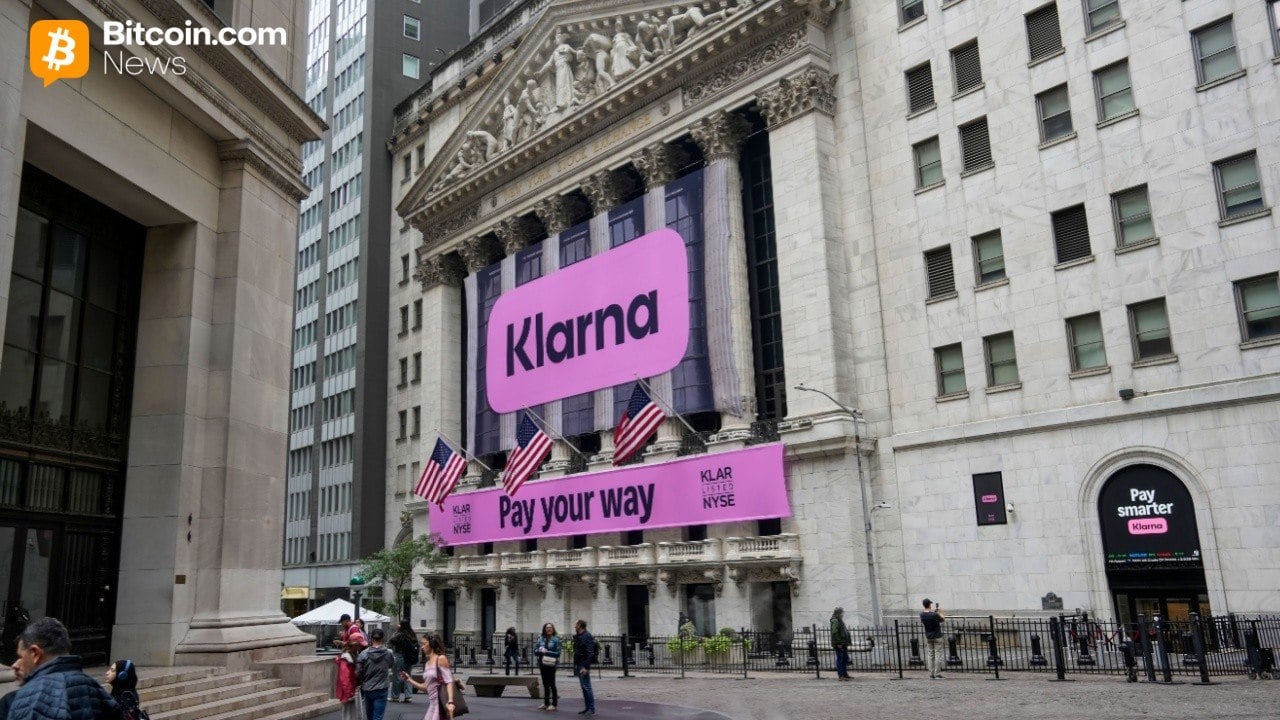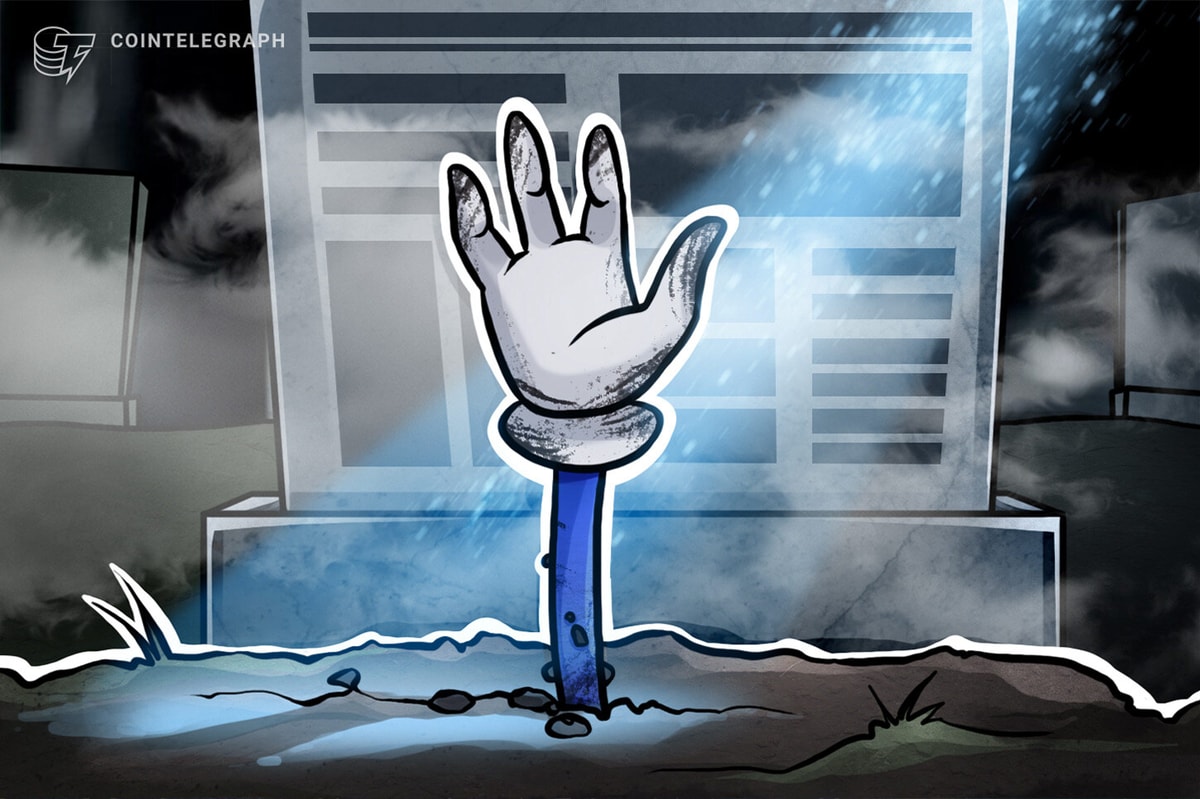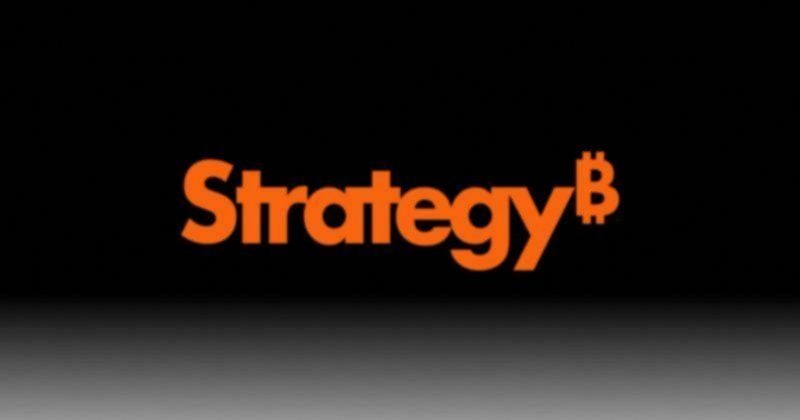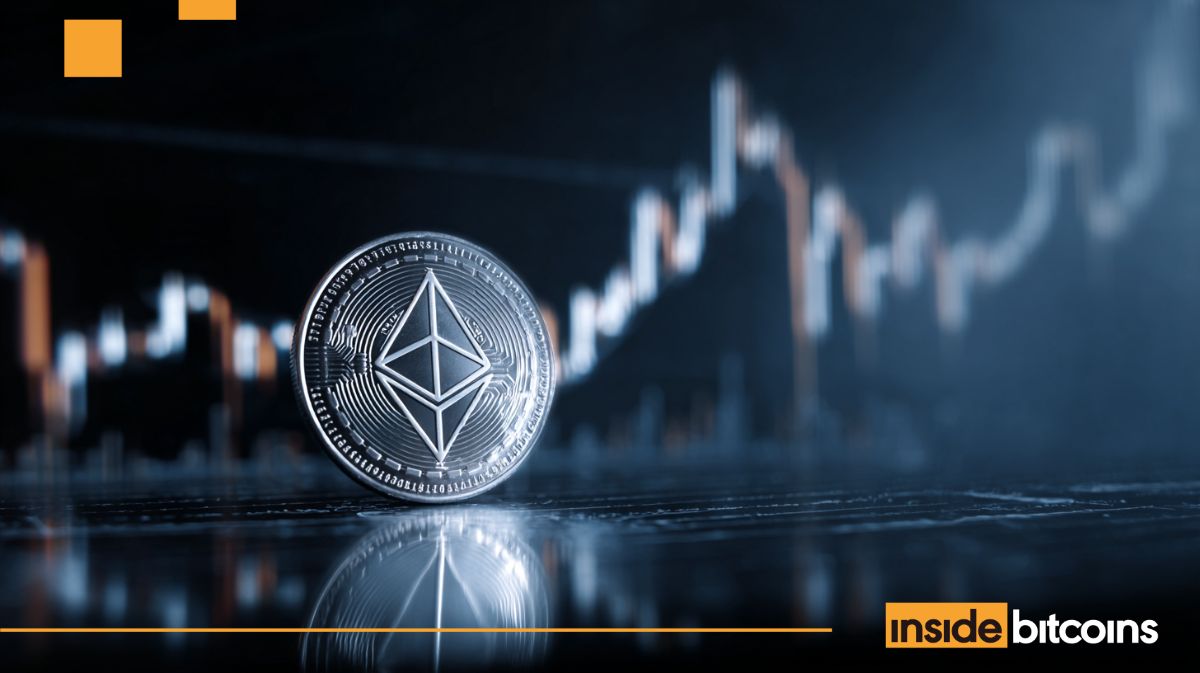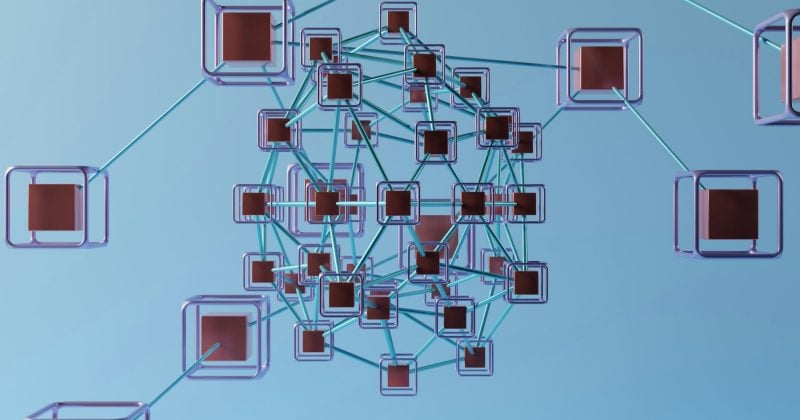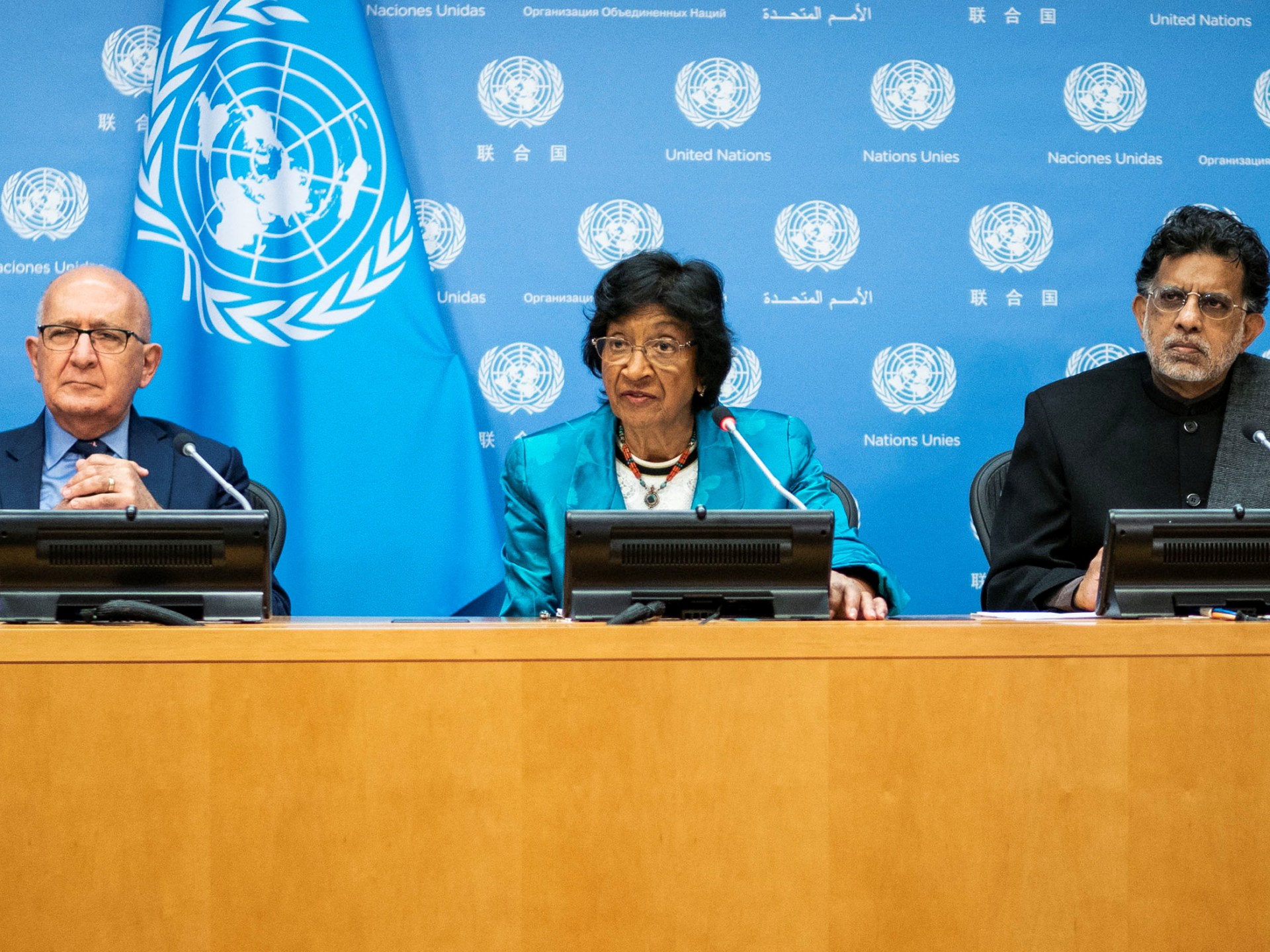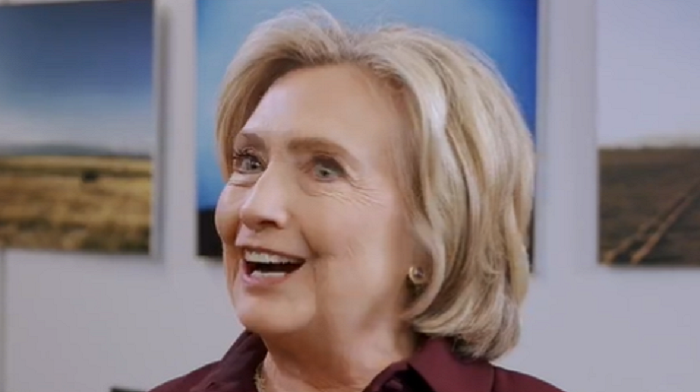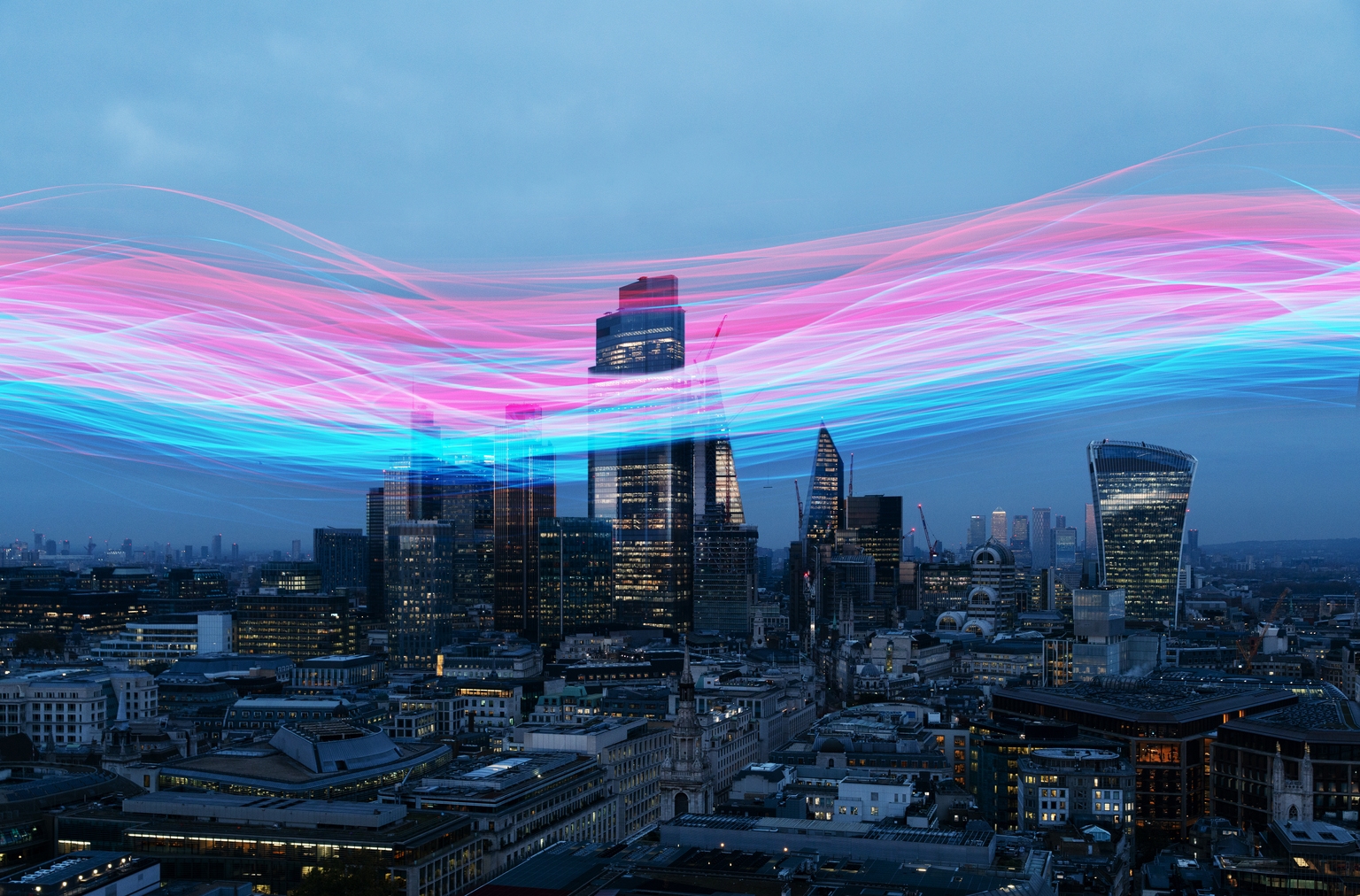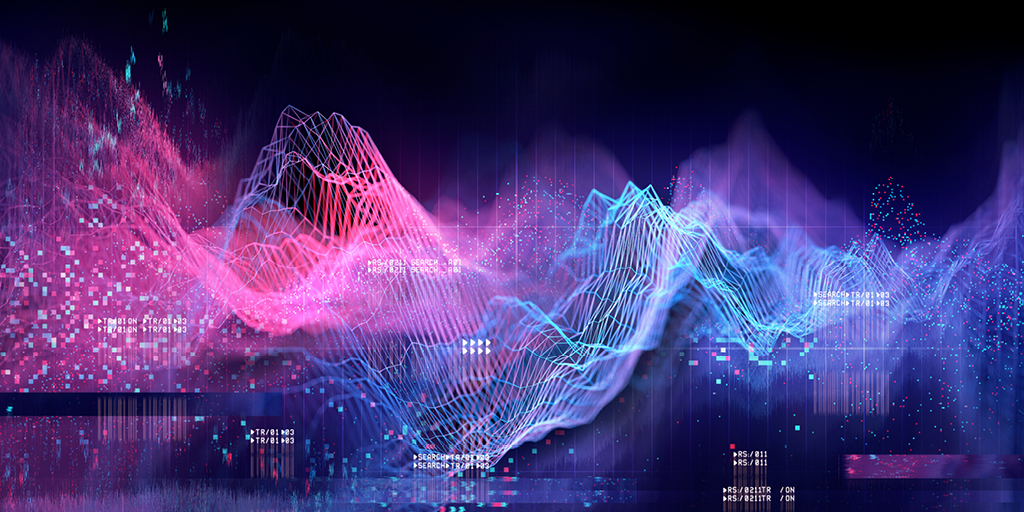For millennia,
art has been respected and revered as a form of expression. Collectors,
museums, and art fans frequently see a painting, sculpture, or other type of
artistic creation as a major investment.
However, one of
the most difficult issues confronting the art industry is the issue of
authenticity and provenance. The good news is that blockchain technology is now
being used to remedy this issue.
In this post,
we’ll look at how blockchain technology is being used to authenticate and prove
the provenance of art.
What exactly
is Blockchain Technology?
Blockchain
technology is a distributed ledger system that enables transactions to be safe,
transparent, and tamper-proof. It is made up of a network of computers that
collaborate to produce a shared information database.
Before being
added to the blockchain, each block of data is encrypted, and each transaction
is validated by a network of computers. This makes altering or hacking the data
nearly hard, offering a high level of security and openness.
For years, the
art world has wrestled with the question of authentication. Provenance, or the
history of ownership and documentation of a work of art, is one of the most
important aspects in determining its worth.
However,
determining the authenticity of a work of art can be a difficult and
time-consuming procedure that requires the analysis of numerous papers and
other variables.
Blockchain
technology can help to speed this process by providing a safe and transparent means
to record and authenticate a work of art’s ownership and history.
Each piece of
art can be given a distinct digital identity that can be registered on the
blockchain. This identity can include details such as the artist’s name, the
year the piece was made, and the identity of the owner.
Every time
ownership of an artwork changes hands, the transaction can be recorded on the
blockchain, resulting in an unbreakable chain of ownership.
This creates a
clear and transparent record of the artwork’s history, making establishing its
legitimacy and provenance easier.
Art
Provenance and Blockchain
Provenance is
an important component of the art world, and it is frequently used to determine
the validity and value of a work of art. However, determining provenance can be
difficult, especially for older works of art that may have inadequate or
erroneous paperwork.
Blockchain
technology can assist in addressing this issue by providing a safe and
transparent method of documenting and verifying the history of an artwork.
Each
transaction on the blockchain can be recorded, resulting in an unbreakable
chain of ownership that offers a clear and transparent record of the artwork’s
history.
This can assist
establish a work of art’s origin, which can increase its value. Collectors and
museums can utilize blockchain technology to authenticate the authenticity and
provenance of artworks, delivering hitherto unattainable levels of confidence.
Art Markets
and Blockchain
The art market
can be complicated and opaque, making it difficult for artists and collectors
to determine the worth and authenticity of artworks.
However, by
providing a secure and transparent mechanism to document and verify the
ownership and history of artworks, blockchain technology can assist to build a
more transparent and efficient marketplace.
Blockchain
technology can be utilized to build a safe and transparent marketplace for
buying and selling artworks.
Each piece of
art can be given a distinct digital identity that can be registered on the
blockchain. This identity can include details such as the artist’s name, the
year the piece was made, and the identity of the owner.
By giving a
clear and open record of the artwork’s history, this can help to build a more
transparent and efficient marketplace.
Buyers and
sellers can utilize blockchain technology to authenticate the authenticity and
provenance of artworks, delivering hitherto unattainable levels of confidence.
The
difficulties
Art Provenance is
a crucial aspect of the art world as it helps to verify the authenticity of
artwork and to prevent fraud. Blockchain technology has become an increasingly
popular way to track art provenance due to its secure, immutable, and
decentralized nature. However, while there are many benefits to using
blockchain for art provenance, there are also several liabilities to consider.
The most important
issue is that blockchain technology is only as reliable as the data that is
inputted into it. In the art world, provenance information is often based on
documentation such as receipts, certificates of authenticity, and invoices. If
this information is inaccurate or fraudulent, it can compromise the reliability
of the blockchain-based provenance. If, for example, a fraudulent certificate
of authenticity is used to establish a piece of art’s provenance, it could be
entered into the blockchain, making it difficult to detect the fraud later.
Another counterpoint
to provenance information via blockchain is that this tech is still relatively
new and untested in the art world. While blockchain technology has been used in
other industries, the art world has unique challenges, such as the difficulty
in verifying the authenticity of certain types of art, such as sculptures and
installations. It is also unclear how blockchain technology will interact with
existing art market practices, such as auction houses and galleries.
Moreover,
blockchain technology is not foolproof. While blockchain technology is secure
and immutable, it is not immune to hacking and other cyber threats. If a
blockchain-based provenance is compromised, it could cause significant damage
to the art world and its participants.
There may also be
concerns about the centralization of blockchain-based art provenance. While
blockchain technology is decentralized in nature, the actual implementation of
blockchain-based art provenance may be centralized around certain entities,
such as art marketplaces or galleries. This could create a power imbalance in
the art world, where certain entities have more control over the provenance of
art than others.
Finally,
blockchain-based art provenance may not be accessible to everyone. While
blockchain technology has the potential to democratize the art world, it may
also create barriers for those who do not have access to the technology or the
knowledge to use it effectively. This could lead to a situation where only
certain segments of the art world are able to participate in blockchain-based
art provenance, creating further inequality for artists.
Conclusion
For years, the
art world has wrestled with the issue of authenticity and provenance.
Blockchain technology, on the other hand, is currently playing a critical role
in addressing this issue.
Blockchain
technology is assisting in the establishment of a more efficient and
trustworthy art marketplace by providing a safe and transparent mechanism to
document and verify the ownership and history of artworks.
Blockchain
technology has numerous potential uses in the art business, ranging from
authentication and provenance to the creation of secure digital identities for
artworks. As blockchain technology advances, we should expect to see more
imaginative applications of this technology in the art world.
To summarize,
blockchain technology is revolutionizing the art market by enabling the safe
and transparent authentication and provenance of artworks.
This technology
is assisting in the development of a more efficient and trustworthy marketplace
for art, thereby increasing the value and significance of this vital form of
human expression.
For millennia,
art has been respected and revered as a form of expression. Collectors,
museums, and art fans frequently see a painting, sculpture, or other type of
artistic creation as a major investment.
However, one of
the most difficult issues confronting the art industry is the issue of
authenticity and provenance. The good news is that blockchain technology is now
being used to remedy this issue.
In this post,
we’ll look at how blockchain technology is being used to authenticate and prove
the provenance of art.
What exactly
is Blockchain Technology?
Blockchain
technology is a distributed ledger system that enables transactions to be safe,
transparent, and tamper-proof. It is made up of a network of computers that
collaborate to produce a shared information database.
Before being
added to the blockchain, each block of data is encrypted, and each transaction
is validated by a network of computers. This makes altering or hacking the data
nearly hard, offering a high level of security and openness.
For years, the
art world has wrestled with the question of authentication. Provenance, or the
history of ownership and documentation of a work of art, is one of the most
important aspects in determining its worth.
However,
determining the authenticity of a work of art can be a difficult and
time-consuming procedure that requires the analysis of numerous papers and
other variables.
Blockchain
technology can help to speed this process by providing a safe and transparent means
to record and authenticate a work of art’s ownership and history.
Each piece of
art can be given a distinct digital identity that can be registered on the
blockchain. This identity can include details such as the artist’s name, the
year the piece was made, and the identity of the owner.
Every time
ownership of an artwork changes hands, the transaction can be recorded on the
blockchain, resulting in an unbreakable chain of ownership.
This creates a
clear and transparent record of the artwork’s history, making establishing its
legitimacy and provenance easier.
Art
Provenance and Blockchain
Provenance is
an important component of the art world, and it is frequently used to determine
the validity and value of a work of art. However, determining provenance can be
difficult, especially for older works of art that may have inadequate or
erroneous paperwork.
Blockchain
technology can assist in addressing this issue by providing a safe and
transparent method of documenting and verifying the history of an artwork.
Each
transaction on the blockchain can be recorded, resulting in an unbreakable
chain of ownership that offers a clear and transparent record of the artwork’s
history.
This can assist
establish a work of art’s origin, which can increase its value. Collectors and
museums can utilize blockchain technology to authenticate the authenticity and
provenance of artworks, delivering hitherto unattainable levels of confidence.
Art Markets
and Blockchain
The art market
can be complicated and opaque, making it difficult for artists and collectors
to determine the worth and authenticity of artworks.
However, by
providing a secure and transparent mechanism to document and verify the
ownership and history of artworks, blockchain technology can assist to build a
more transparent and efficient marketplace.
Blockchain
technology can be utilized to build a safe and transparent marketplace for
buying and selling artworks.
Each piece of
art can be given a distinct digital identity that can be registered on the
blockchain. This identity can include details such as the artist’s name, the
year the piece was made, and the identity of the owner.
By giving a
clear and open record of the artwork’s history, this can help to build a more
transparent and efficient marketplace.
Buyers and
sellers can utilize blockchain technology to authenticate the authenticity and
provenance of artworks, delivering hitherto unattainable levels of confidence.
The
difficulties
Art Provenance is
a crucial aspect of the art world as it helps to verify the authenticity of
artwork and to prevent fraud. Blockchain technology has become an increasingly
popular way to track art provenance due to its secure, immutable, and
decentralized nature. However, while there are many benefits to using
blockchain for art provenance, there are also several liabilities to consider.
The most important
issue is that blockchain technology is only as reliable as the data that is
inputted into it. In the art world, provenance information is often based on
documentation such as receipts, certificates of authenticity, and invoices. If
this information is inaccurate or fraudulent, it can compromise the reliability
of the blockchain-based provenance. If, for example, a fraudulent certificate
of authenticity is used to establish a piece of art’s provenance, it could be
entered into the blockchain, making it difficult to detect the fraud later.
Another counterpoint
to provenance information via blockchain is that this tech is still relatively
new and untested in the art world. While blockchain technology has been used in
other industries, the art world has unique challenges, such as the difficulty
in verifying the authenticity of certain types of art, such as sculptures and
installations. It is also unclear how blockchain technology will interact with
existing art market practices, such as auction houses and galleries.
Moreover,
blockchain technology is not foolproof. While blockchain technology is secure
and immutable, it is not immune to hacking and other cyber threats. If a
blockchain-based provenance is compromised, it could cause significant damage
to the art world and its participants.
There may also be
concerns about the centralization of blockchain-based art provenance. While
blockchain technology is decentralized in nature, the actual implementation of
blockchain-based art provenance may be centralized around certain entities,
such as art marketplaces or galleries. This could create a power imbalance in
the art world, where certain entities have more control over the provenance of
art than others.
Finally,
blockchain-based art provenance may not be accessible to everyone. While
blockchain technology has the potential to democratize the art world, it may
also create barriers for those who do not have access to the technology or the
knowledge to use it effectively. This could lead to a situation where only
certain segments of the art world are able to participate in blockchain-based
art provenance, creating further inequality for artists.
Conclusion
For years, the
art world has wrestled with the issue of authenticity and provenance.
Blockchain technology, on the other hand, is currently playing a critical role
in addressing this issue.
Blockchain
technology is assisting in the establishment of a more efficient and
trustworthy art marketplace by providing a safe and transparent mechanism to
document and verify the ownership and history of artworks.
Blockchain
technology has numerous potential uses in the art business, ranging from
authentication and provenance to the creation of secure digital identities for
artworks. As blockchain technology advances, we should expect to see more
imaginative applications of this technology in the art world.
To summarize,
blockchain technology is revolutionizing the art market by enabling the safe
and transparent authentication and provenance of artworks.
This technology
is assisting in the development of a more efficient and trustworthy marketplace
for art, thereby increasing the value and significance of this vital form of
human expression.


